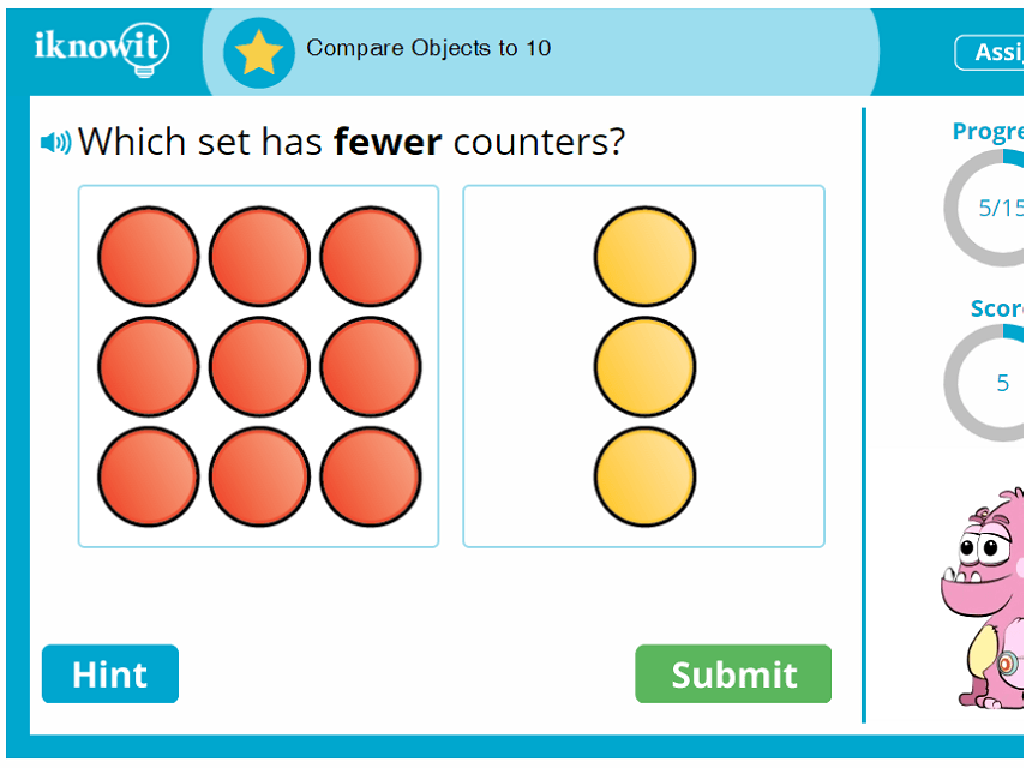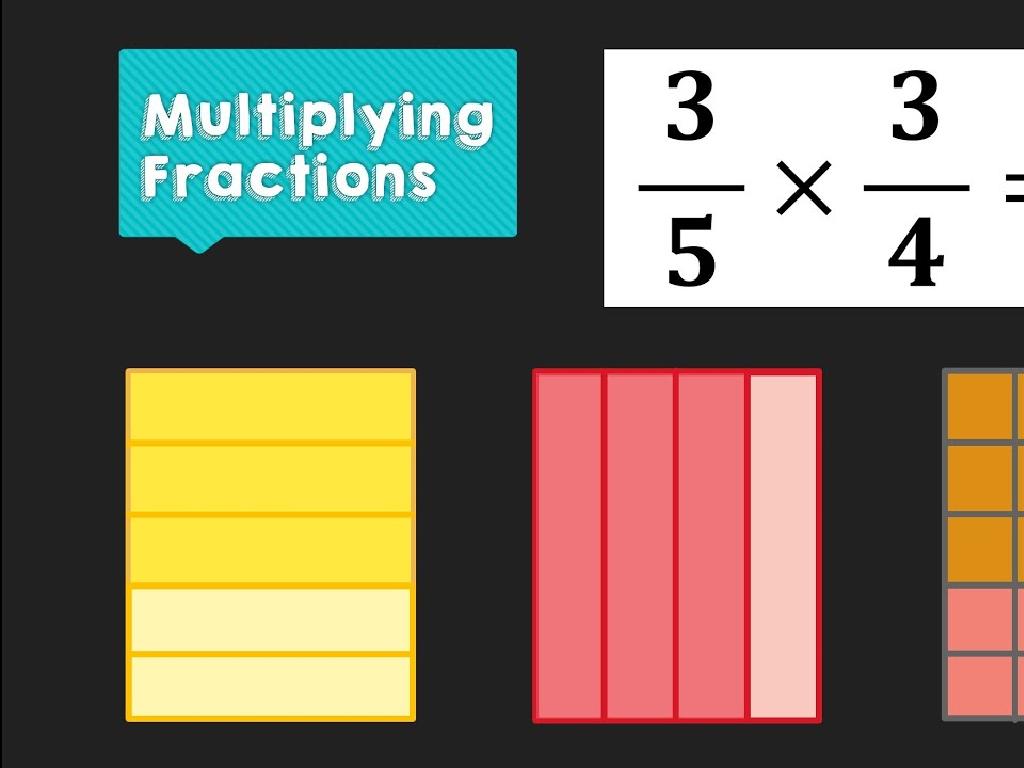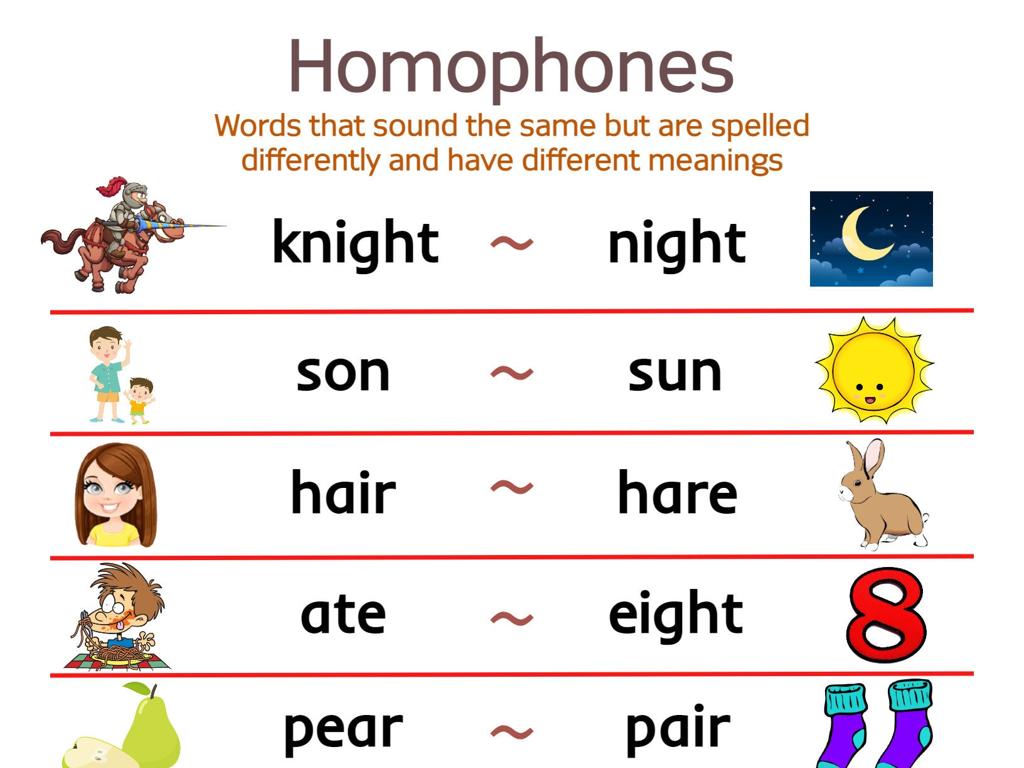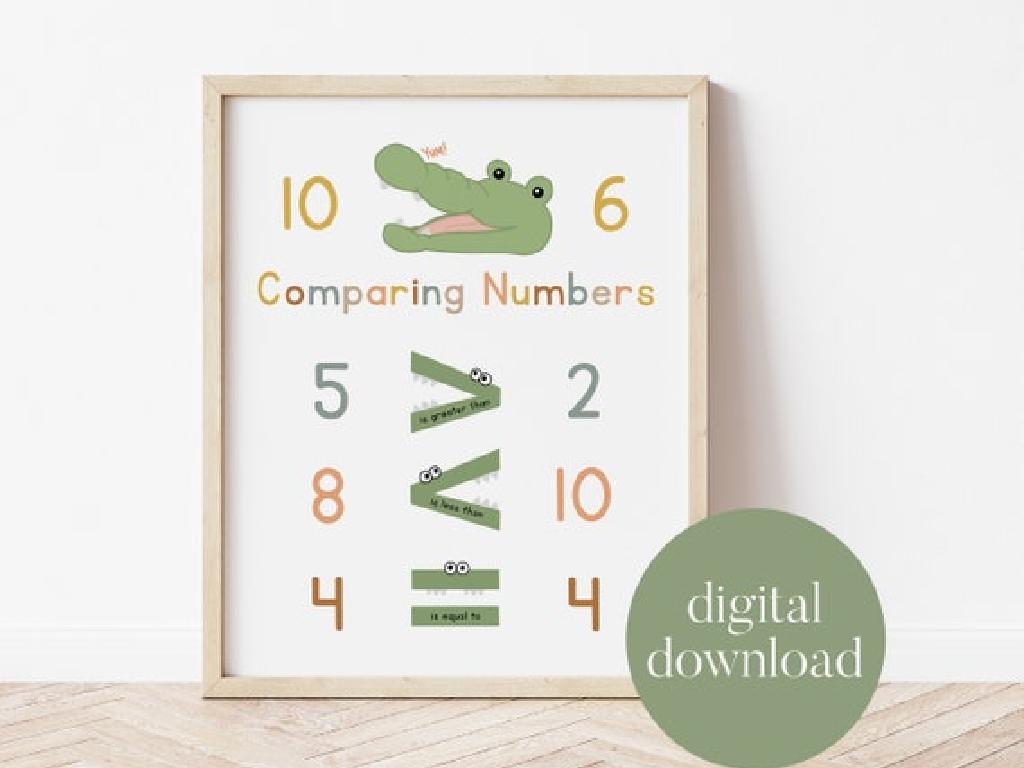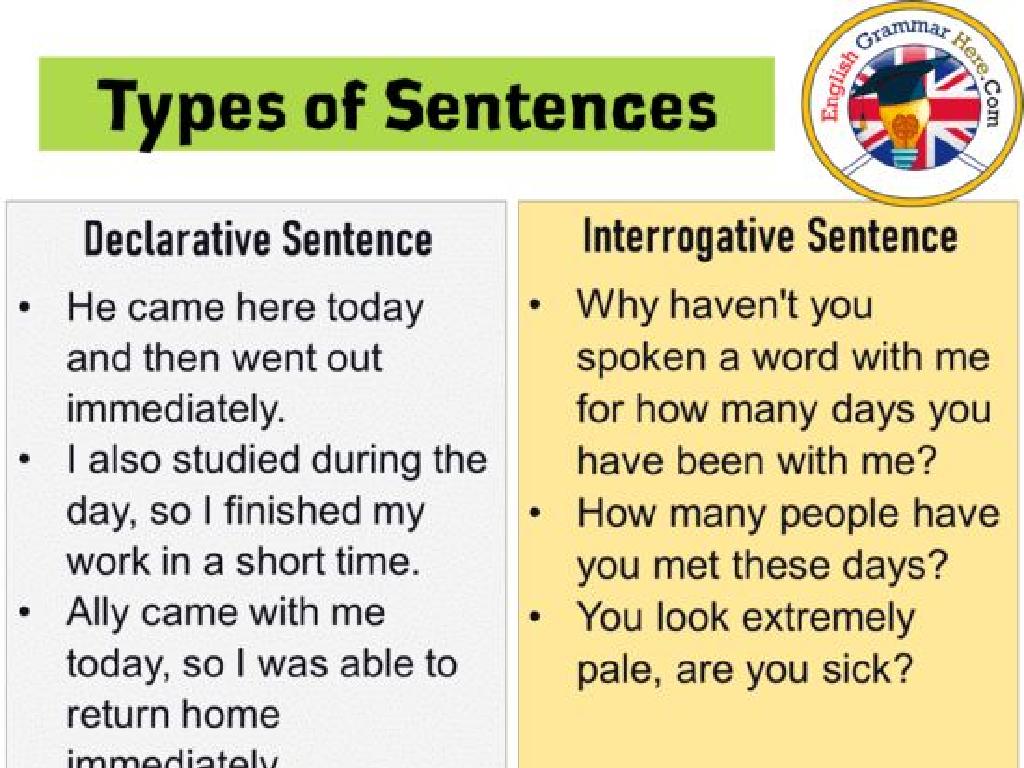Human Organs And Their Functions
Subject: Science
Grade: Third grade
Topic: Animals
Please LOG IN to download the presentation. Access is available to registered users only.
View More Content
Exploring Human Organs
– Our body’s amazing organs
– Organs are like building blocks
– Organs are parts that have important roles, like heart or lungs
– Each organ has a special job
– The heart pumps blood, lungs help us breathe
– Organs work together for our health
– They’re a team making sure we can run, jump, and have fun!
|
This slide introduces the concept of organs as essential parts of the human body, each with a unique function that contributes to our overall health and ability to perform daily activities. Emphasize that organs are like building blocks that make up our body, and each one has a special job that is vital for living. For example, the heart is responsible for pumping blood, while the lungs are crucial for breathing. Encourage students to think of organs working together as a team, much like players in a sports team, each with a role that helps us to live, play, and enjoy life. Use simple language and relatable analogies to help third graders grasp these concepts. In the next class, we can explore individual organs in more detail and discuss how they contribute to our well-being.
What Are Organs?
– Organs are special body parts
– Like pieces of a puzzle, each part fits and works together
– Each organ has a unique job
– The heart pumps blood, lungs help us breathe
– Examples: Heart, Brain, Lungs
– The brain thinks and controls, the stomach digests food
– Organs work together in our body
|
This slide introduces the concept of organs to third-grade students. Organs are compared to puzzle pieces to help them understand that each has a specific role and they all fit together to make the body work. Highlight the importance of each organ by explaining their basic functions: the heart as a pump for blood, the lungs as tools for breathing, the brain as the control center, and the stomach as the organ for digestion. Encourage students to think of other organs and what they might do. This sets the foundation for further discussion on how these organs contribute to the overall functioning of the human body.
The Heart: Your Body’s Pump
– The heart is like a pump
– It works tirelessly, beating day and night to circulate blood.
– It beats to move blood
– Each beat pushes blood through a vast network of vessels.
– Blood carries oxygen and nutrients
– Oxygen from the lungs and nutrients from food are transported.
– Keeps our body healthy
– This process is vital for growth and healing.
|
The heart is a muscular organ that functions as the body’s natural pump. It works continuously to pump blood throughout the body’s network of blood vessels. This blood provides essential oxygen and nutrients to every part of the body, which is crucial for maintaining health, supporting growth, and aiding in healing processes. During the class, use a stethoscope to let students listen to their heartbeat and explain how the sound they hear is the heart valves opening and closing as blood is pumped. Discuss the importance of a healthy diet and exercise in keeping the heart strong.
Exploring the Lungs: Breathing In Life
– Lungs are vital for breathing
– They absorb oxygen for our body
– Oxygen is needed for energy and growth
– Lungs release carbon dioxide
– Carbon dioxide is a waste gas we exhale
– Breathing inflates lungs like balloons
– When we inhale, lungs expand just like balloons do when filled with air
|
This slide introduces the lungs and their primary function in the respiratory system. Emphasize the importance of lungs in taking in oxygen, which is essential for all our body’s functions and releasing carbon dioxide, a waste product. Use the analogy of balloons to help students visualize how lungs work. When we breathe in, our lungs expand to fill with air, similar to how a balloon expands when filled with air. This visual can help students understand the concept of lung function in a relatable way. Encourage students to take deep breaths and feel their own lungs expand to reinforce the lesson.
Your Stomach: The Food Mixer
– The stomach helps digest food
– It breaks down food for energy
– Our body gets energy from the food after the stomach breaks it down
– Like a blender for your smoothie!
– Imagine your favorite fruits turning into a smoothie; that’s what your stomach does with food!
– Stomach acids mix with food
– Strong stomach acids help make the food into a liquid form
|
This slide introduces the stomach and its function in the digestive system to third-grade students. The stomach is compared to a blender, which they may be familiar with, to help them understand how it mixes and breaks down food into a form that the body can use for energy. Emphasize that the stomach uses acids, which work like the blades in a blender, to turn solid food into a liquid mixture. This prepares the food for further digestion and absorption in the intestines. Encourage students to think about what happens when they eat their favorite foods and how their stomach is working to help their body use the food’s nutrients.
The Brain: Our Body’s Control Center
– The brain helps us think
– Like solving puzzles or making decisions
– It aids in learning new things
– When we discover how to solve math problems
– The brain assists in memory
– Remembering names, places, and important events
– It commands the body’s actions
– Signals muscles for movement, like walking or jumping
|
The brain is often compared to a computer’s central processing unit because it acts as the control center for the entire body. It processes information and sends out commands. When discussing the brain with third graders, emphasize its role in allowing us to think, such as solving complex puzzles or making choices. Highlight how the brain is crucial for learning, like understanding new concepts in math or science. Memory is another important function, which includes recalling names, places, and experiences. Lastly, explain how the brain sends signals to muscles to create movement, enabling us to perform physical activities. Use relatable examples and encourage students to ask questions about how their brains help them in daily activities.
Other Important Organs and Their Functions
– Kidneys: Our Body’s Filters
– Kidneys remove waste from our blood and make urine
– Liver: Our Chemical Factory
– Liver cleans our blood and helps digest food
– Intestines: Nutrient Absorbers
– Intestines break down food to absorb nutrients
|
This slide introduces students to three critical organs: the kidneys, liver, and intestines. Explain that kidneys act like filters to clean our blood and create urine, which removes waste from our body. The liver is compared to a chemical factory because it processes what we eat and drink into nutrients and filters harmful substances from our blood. The intestines are described as nutrient absorbers because they take the good parts of what we eat and help our bodies use them to stay healthy. Use simple analogies to help students understand, such as comparing the kidneys to a water filter or the liver to a recycling center. Encourage students to think about how these organs work together to keep them healthy.
How Organs Work Together
– Organs are team players
– Just like a sports team, every organ is important for the body to win at being healthy.
– They communicate like friends
– Organs send signals to each other to make sure everything works right.
– Each organ has a special role
– Like a goalie or striker in soccer, each organ has a job that helps our body.
– Together, they keep us healthy
|
This slide aims to teach students about the interdependence of organs within the body. Explain that organs are like team members, each with a unique function, but all working towards the same goal of keeping the body healthy. Use the analogy of a soccer team to make it relatable: just as a team needs a goalie, defenders, midfielders, and strikers, our body needs different organs like the heart, lungs, stomach, and brain. Emphasize that communication between organs is crucial, much like team players communicating during a game. Encourage students to think of examples of teamwork and discuss how this concept applies to the body’s organs.
Keeping Our Organs Healthy
– Eat fruits and veggies
– They’re packed with vitamins for a strong body.
– Exercise and play sports
– Keeps your heart happy and muscles strong.
– Get plenty of sleep
– Helps your body repair and grow.
|
This slide aims to teach students about the importance of maintaining the health of their organs through good habits. Emphasize that eating a variety of fruits and vegetables provides essential nutrients that help our organs function properly. Regular physical activity, such as playing sports, strengthens the heart and muscles, and getting enough sleep is crucial for the body to repair itself and grow. Encourage students to adopt these healthy habits and discuss how they can incorporate them into their daily routines. Share examples of favorite fruits, vegetables, and sports to make the discussion interactive and relatable.
Class Activity: Organ Symphony
– Form groups, each as an organ
– Create your organ’s sound
– Think about the functions and make a sound that represents it
– Perform our ‘Organ Symphony’
– Learn how organs work together
– Discuss how each organ contributes to our health
|
This activity is designed to teach students about the different organs in the human body and their functions in a fun and interactive way. Divide the class into small groups and assign each group an organ, such as the heart, lungs, or stomach. Each group will create a sound that represents the function of their organ (e.g., ‘lub-dub’ for the heart, heavy breathing for the lungs). Once the groups have practiced, they will perform together to create an ‘Organ Symphony,’ demonstrating how the organs work in harmony to keep the body functioning. After the activity, discuss with the class how each organ is important and what role it plays in our overall health. This will help students understand the concept of organ systems and their interdependence.

